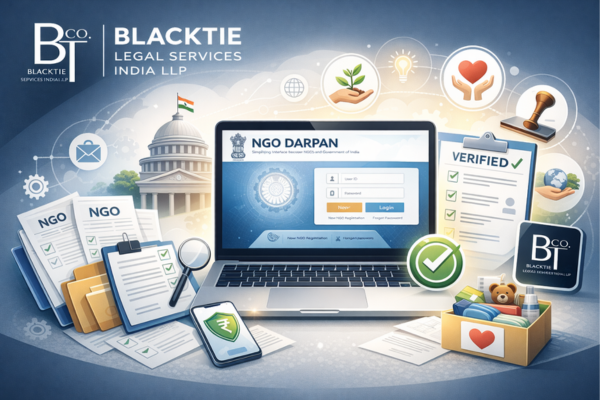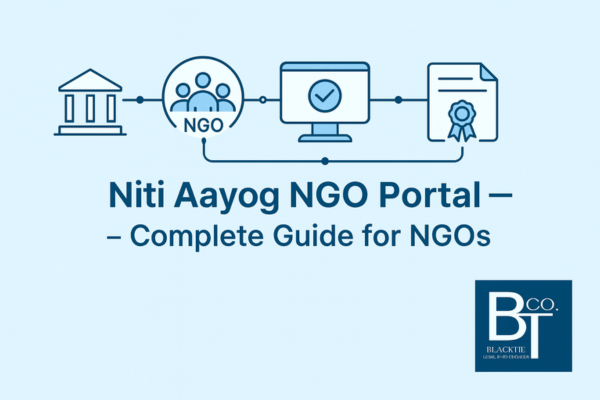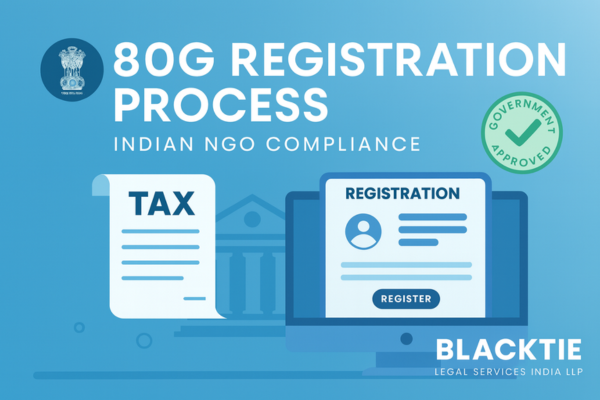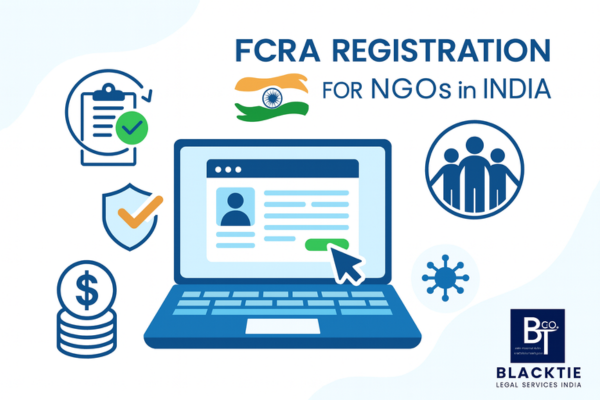Export GST Rules 2025: 10 Powerful Rules Every Exporter Must Know
For Applying GST Registration Click Here… Introduction to Export GST Rules Export plays a vital role in India’s economy, and to support exporters, the government has introduced specific Export GST rules under the Goods and Services Tax (GST) law. These rules are designed to ensure that exports remain tax-free and competitive in the global market while maintaining proper compliance within the GST framework. Under GST, exports are treated as zero-rated supplies, which means no GST burden should ultimately fall on the exporter. However, to claim this benefit, exporters must strictly follow the applicable Export GST rules, including registration, documentation, filing of returns, and refund procedures. Whether you are exporting goods or services, understanding these rules is essential to avoid delays, penalties, or rejection of refunds. Many exporters face issues not because GST is complex, but because they are unaware of the correct Export GST rules or fail to follow them properly. From choosing between LUT or IGST payment to ensuring accurate invoice details, every step matters. What Are Export GST Rules Under GST Law? The Export GST rules under GST law define how exports of goods and services are treated for taxation purposes in India. As per the GST framework, exports are considered zero-rated supplies, meaning that no GST should be charged on export transactions. The objective of these rules is to ensure that Indian exporters are not burdened with domestic taxes while competing in international markets. According to the Export GST rules, an exporter has two options while making exports. The first option is to export goods or services without payment of GST by furnishing a Letter of Undertaking (LUT) or a Bond. The second option is to export with payment of IGST and later claim a refund of the tax paid. These options give flexibility to exporters based on their cash flow and compliance preferences. The Export GST rules also clearly define what qualifies as an export under GST law. In the case of goods, the goods must be taken out of India to a place outside the country. For services, certain conditions must be fulfilled, such as the supplier being located in India, the recipient being located outside India, and payment being received in foreign currency. To ensure transparency and compliance, the Export GST rules require exporters to maintain proper documentation, including tax invoices, shipping bills, export general manifests, and foreign remittance certificates. Failure to comply with these rules may lead to rejection of refunds or penalties under GST law. Overall, the Export GST rules under GST law aim to promote exports by eliminating tax costs while ensuring that exporters follow a structured and compliant process. Understanding these rules helps exporters avoid mistakes and smoothly manage their export-related GST obligations. Export GST Rules for Zero-Rated Supplies Under GST, exports are given special treatment to ensure that Indian exporters remain competitive in the global market. As per the Export GST rules, exports fall under the category of zero-rated supplies, which means that the tax rate on such supplies is effectively zero, even though they are taxable under GST law. According to the Export GST rules, zero-rated supplies include two main categories: Export of goods or services outside India Supply of goods or services to a Special Economic Zone (SEZ) unit or developer This zero-rating ensures that exporters do not bear the burden of GST on their outward supplies. However, it is important to note that zero-rated supplies are different from exempt supplies. While exempt supplies do not attract GST, zero-rated supplies allow exporters to claim a refund of input tax credit (ITC), which is a major benefit under the Export GST rules. The Export GST rules provide exporters with two methods to handle zero-rated supplies. Exporters can either supply goods or services without payment of GST by filing a Letter of Undertaking (LUT) or Bond, or they can export with payment of IGST and later claim a refund of the tax paid. Both methods are legally valid, and the choice depends on the exporter’s working capital and compliance strategy. To avail the benefits of zero-rated supplies, exporters must strictly follow the Export GST rules, including proper invoicing, timely filing of GST returns, and maintaining export-related documents. Any mismatch in details or non-compliance may result in delays or rejection of refunds. Export GST Rules Without Payment of Tax (LUT/Bond) The Export GST rules allow exporters to supply goods or services outside India without paying GST at the time of export by submitting a Letter of Undertaking (LUT) or a Bond. This option is widely preferred by exporters as it helps in saving working capital and avoids the hassle of claiming refunds of IGST later. As per the Export GST rules, a Letter of Undertaking (LUT) can be furnished by eligible exporters who have not been prosecuted for tax evasion beyond the prescribed limit under GST law. The LUT is submitted electronically on the GST portal and is generally valid for one financial year. Once the LUT is approved, exporters can make zero-rated supplies without charging GST on their export invoices. In cases where an exporter is not eligible to furnish an LUT, the Export GST rules require the submission of a Bond along with a bank guarantee. The bond ensures that the exporter will comply with GST regulations and complete the export within the prescribed time. If the export is not completed or foreign remittance is not received within the allowed period, GST becomes payable along with applicable interest. Under the Export GST rules, exporters opting for LUT or Bond must clearly mention on the invoice that the supply is made under LUT or Bond without payment of tax. They must also ensure timely filing of GST returns and proper maintenance of export documents to avoid compliance issues. Overall, the Export GST rules for export without payment of tax through LUT or Bond are designed to simplify export procedures and ease cash flow pressure. When followed correctly, this method offers a smooth and efficient way to carry out










